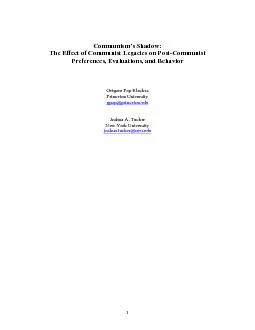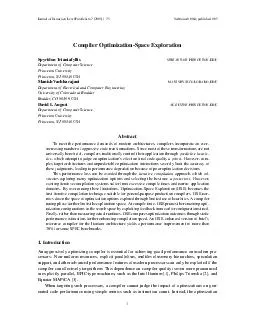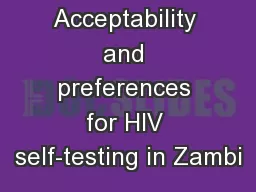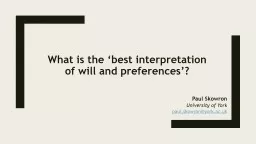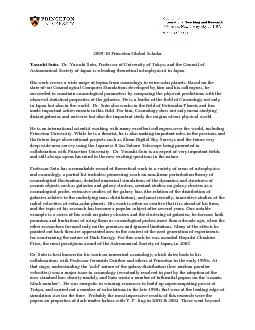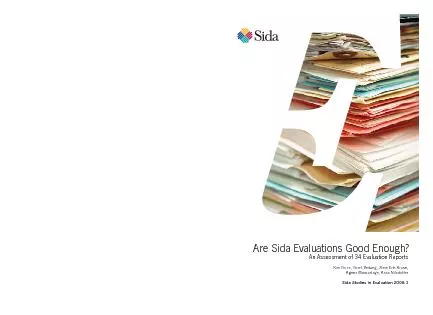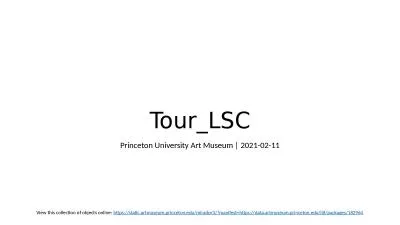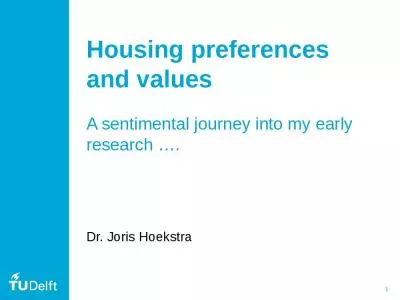PDF-Preferences, Evaluations, and Behavior Grigore Pop-Eleches Princeton
Author : tatiana-dople | Published Date : 2016-02-26
Postcommunist citizens hold political economic and social opinions that systematically differ from those of people To be clear we are using a loose definition of
Presentation Embed Code
Download Presentation
Download Presentation The PPT/PDF document "Preferences, Evaluations, and Behavior ..." is the property of its rightful owner. Permission is granted to download and print the materials on this website for personal, non-commercial use only, and to display it on your personal computer provided you do not modify the materials and that you retain all copyright notices contained in the materials. By downloading content from our website, you accept the terms of this agreement.
Preferences, Evaluations, and Behavior Grigore Pop-Eleches Princeton: Transcript
Download Rules Of Document
"Preferences, Evaluations, and Behavior Grigore Pop-Eleches Princeton"The content belongs to its owner. You may download and print it for personal use, without modification, and keep all copyright notices. By downloading, you agree to these terms.
Related Documents

